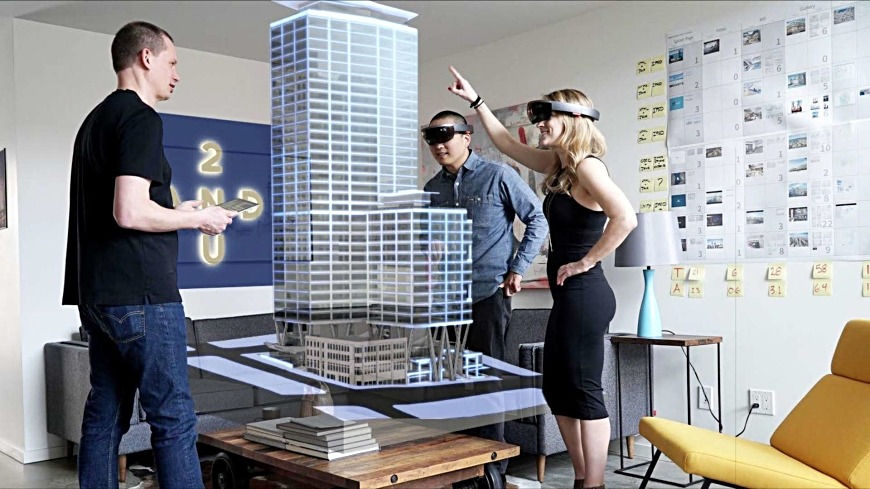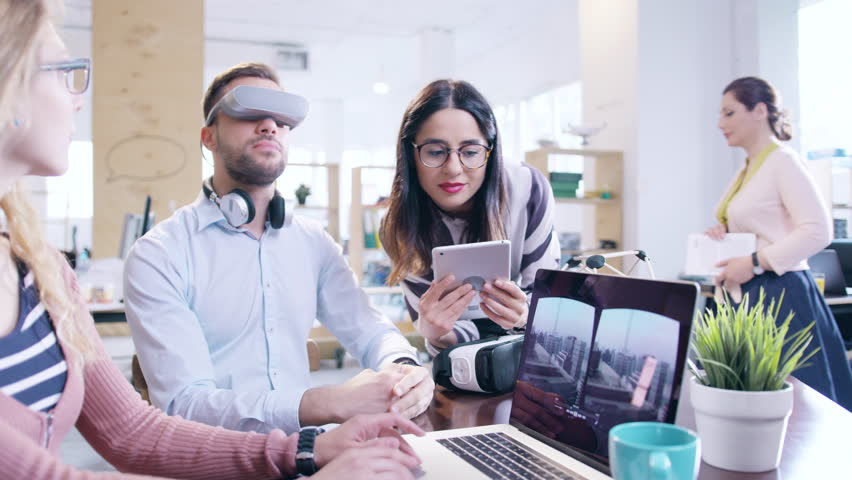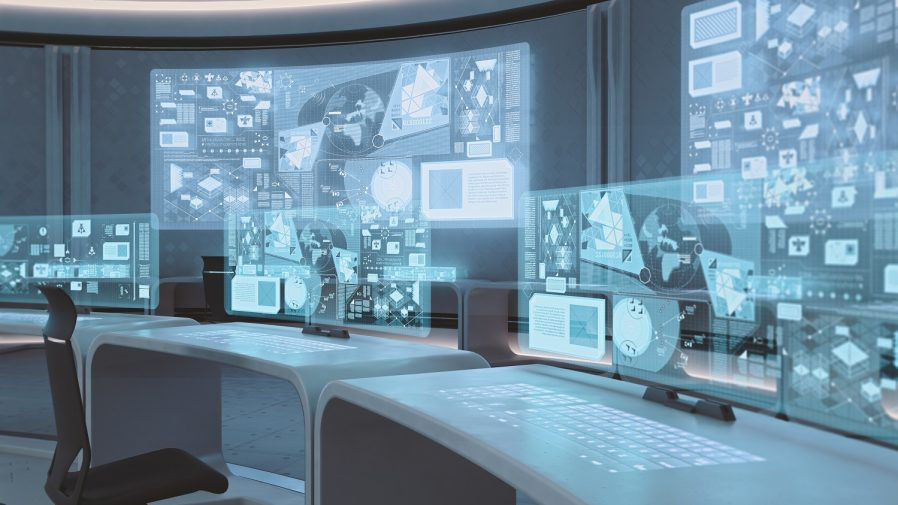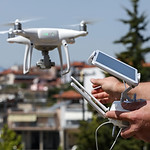
2038-Working in the Future


Describe your image.

Describe your image.

My Transdisciplinary Vision of 2038
The Citizens: The Technologies: The Environments

Global Citizens
Learning to Live together
Multinational collaborations will demand attitudes/aptitudes such as Looking beyond the narrow scope of self interests,being culturally aware and learn cross-culturally

Technology Citizens
Learning to do
A No-Collar workforce where humans work with machines, using intelligent automation solutions to augment human performance

Knowledge Citizens
Learning to know
T-shaped workers, curious learners, media -literate, using it to heighten adaptive thinking, social intelligence, design mindsets and cognitive load management

Communication Technology
Learning to Live together
Technology will be used more extensively for communication, at local, national and global levels:
TMS based Telepathic devices, Holograms (Holoxia), Artificial Intelligence, Interact (instant translation software)

Application Technology
Learning to do
Technology value will be determined by their large-scale practicality; Bitcoins for salary option, Robotics for manufacturing, Augmented/Virtual/ Remote Assisted Reality for multiple uses

Facilitation Technology
Learning to know
Technology that facilitates optimization and augmentation of functionality such as Adaptive and Assistive, Security and Ethical Use related considerations will grow

Remote and Onsite Environments
Learning to Live together
More options for remote and telecommute work will bring people across the globe into a common office; on- site offices will be more diversity friendly (example 30 Google Cafes in Mountain View,),use smart housing and sustainability tech

Collaborative Environments
Learning to do
More collaborative think-tanks and incubators; more Human-automation collaboration; more multi-national organizations; product and service benefits may cover larger population groups globally

Innovation Driven
Environments
Learning to know
Innovation will be key to most workplace operations; work decisions will be data driven; Maker-based studio options will drive innovation, Example: Steelcase and Microsoft's five Creative Spaces
Will machines overtake humans?
MYTH?
Reported only 77% out of more than 10,000 HR and business leaders across 140 countries said they will either retrain people to use new technology or will redesign jobs to better take advantage of human skills.
Recent Deloitte UK research suggests that despite inroads by digital and smart technologies in the workplace, essential “human” skills will remain important for the foreseeable future.
Reality
Technology/Automation WILL play a big role in the workplace of tomorrow. That means it could act as a catalyst, a veritable tool, to initiate and sustain transdisciplinary initiatives. It can foster the collaboration of X and T creativity and collaboration techniques such as swarming or jigsaw. Example: A singular technology like VR can be used for cultural engagement across disciplines.Let us examine this in greater depth through our class activity today.